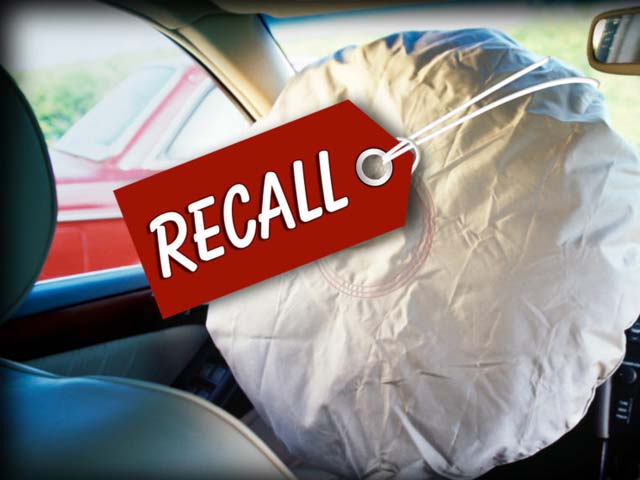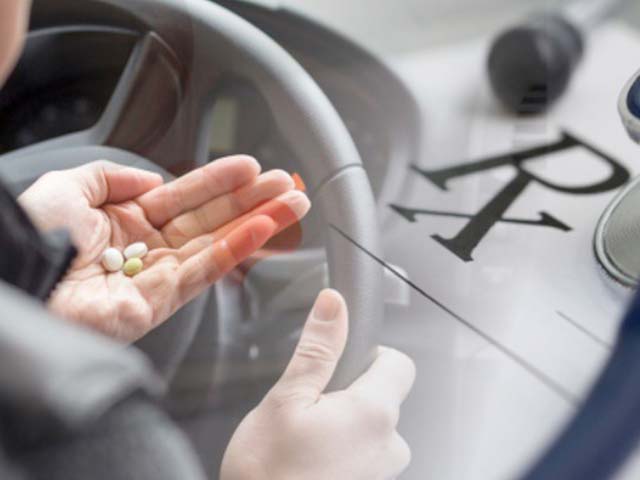Safety in Numbers: How Fleet Data Can Reduce Accidents

Despite the proliferation of enhanced vehicle safety features, crash fatalities continue to rise due to distracted driving and speed. Changing driver behavior is challenging to say the least, but after reviewing successful safety program implementations and analyzing data from across a client base with more than 50,000 fleet vehicles deployed, Merchants Fleet Management has developed a proven, data-powered formula that works. By combining well-defined policies and telematics data, fleets are increasing safety consciousness and decreasing accidents.
Driver scorecards work
Merchants found that a 10 percent driver safety score improvement resulted in an 8 percent reduction in preventable accidents. Using telematics to proactively track driver behavior and aggregate it into individual scorecards provides a platform for managers to address problems and reward improvement. For example, it is not unusual to find that a small number of drivers account for a large percentage of a fleet’s speeding instances. Sitting down with those drivers, showing them the actual data, and setting expectations around safe driving practices can have an immediate impact. In fact, simply knowing that their vehicles have telematics in place to capture data such as speed, harsh cornering, and hard braking is often enough to get drivers to pay more attention to how they operate their vehicles.
Setting priorities and policy
No matter what, driver safety should be a priority in the corporate culture. This focus will then guide the decision-making behind policies such as mobile technology use, repercussions for repeated diving infractions, and even rewards for meeting safe-driving goals. It helps to start with a baseline evaluation of current driver behaviors that gives management a clear picture of where the issues lie. Did preventable accidents happen while drivers were using mobile devices? How pervasive is speeding? What percentage of accidents was due to mechanical problems?
Evaluating these data points will guide decisions regarding policies, training, and incentive programs.
Training and awareness
The driver who sits there looking at his/her device after the light has turned green and then hits the gas hard when they realize there are no cars in front of them anymore is probably the same one who is hitting the brakes hard at the next stop sign because they were stealing glances at their screen. Capturing data on these kinds of behaviors helps fleet managers address them directly with employees and can inform policy decisions.
When it comes to training drivers, sometimes simple is best. First and foremost, they should be completely familiar with all of their vehicle’s equipment including GPS, company-issued field
service devices, telematics, and even the entertainment system. Pre-employment education and training modules should include all of these things, but continuous education and reminders are also critical for keeping safe driving habits top of mind. For example:
- Total Tip of the day – short, quick, easy-to-remember such as “Voicemail saves lives”
- Posters and table tents in employee break rooms or locker areas – we are all so inundated with digital messages, sometimes old-school works best
- Wrap up group meetings with safety reminders
Combating fatigue
According to the National Highway Traffic Safety Administration, one in 25 adult drivers reports having fallen asleep while driving in the previous 30 days. Drowsy driving is a serious safety issue which is why the new Electronic Logging Device (ELD) Mandate requiring hours of service tracking went into full effect this year. In addition to trucking and busing, the law can apply to fleets with box trucks, passenger vans, and even some heavy-duty pickups. (If you are unsure whether or not it applies to your fleet, read more about it here.) Compliance is mandatory, and law enforcement can check the ELD data during a stop, so it is important to make sure your fleet has the necessary telematics functionality to meet the requirements. Regardless of whether or not a fleet falls under the new regulations, encouraging drivers to take breaks during long trips and even putting policies into place regarding company reimbursement for hotel stays after a certain number of hours on the road is just good practice.
Maintenance matters
Safe operation also depends on the condition of the vehicles themselves. Merchants found that 18 percent of fleet vehicles are regularly overdue for preventative maintenance. Usually, when vehicles go in for regular maintenance such as oil changes, other potential safety-related components are also checked and replaced, if necessary. Something as simple as replacing windshield wipers or headlight bulbs can prevent accidents, not to mention brakes and tires.
Telematics systems can track engine hours and mileage and provide maintenance schedules so vehicles are running optimally, which in addition to aiding safe operations, can also reduce overall maintenance spend and improve fuel economy.
Implement a data-driven strategy
The numbers tell the story. Effective driver policies and telematics data improve fleet safety. Choosing the right technology, monitoring behaviors, and creating effective policies and training programs can reduce costs and save lives.
Merchants Fleet Management has the experts and tools in place to maximize efficiency while improving safety for your fleet.
If you would like to discuss ways in which you can address distracted driving for your fleet, contact Merchants today.
Article by Brad Jacobs – Director of Strategic Consulting, Merchants Fleet






